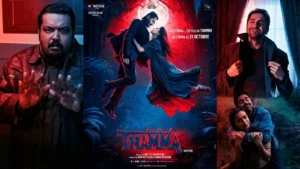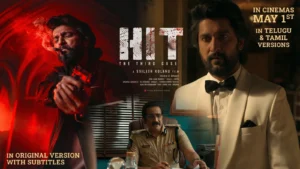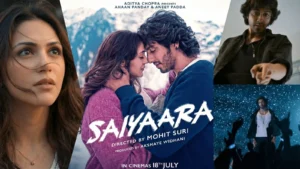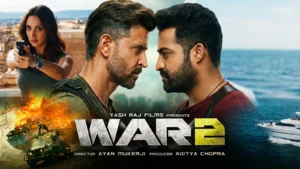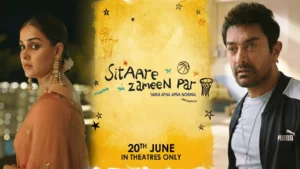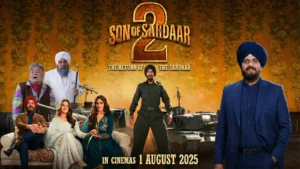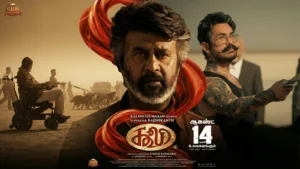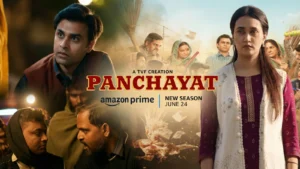Ramcharan’s Game Changer finally arrived in theatres, and if you had met me right after the first interval, you would have heard me speak about it with genuine hope. Because in that moment, I actually believed something worthwhile might emerge from the chaos the film had been building up to. The film carried the weight of expectations, and not just regular expectations – this was marketed as “Ramcharan’s comeback after RRR,” even though, technically, he has already appeared in another film since that global phenomenon. Once an actor gains stardom of that magnitude, simply featuring him in any project naturally elevates its status, and that is undeniably true here as well.
On top of that, we have Shankar – a filmmaker whose filmography includes some of the industry’s most celebrated cult-classics: Nayak, Aparichit, Sivaji: The Boss, Indian, Robot, and I. These films helped define eras and set expectations for scale and social commentary. But it is also the same Shankar who delivered the underwhelming Indian 2 last year. And as for Game Changer, the production whispers surrounding it were not particularly confidence-boosting. It also happens to be Shankar’s first Telugu film, which only added to the curiosity.
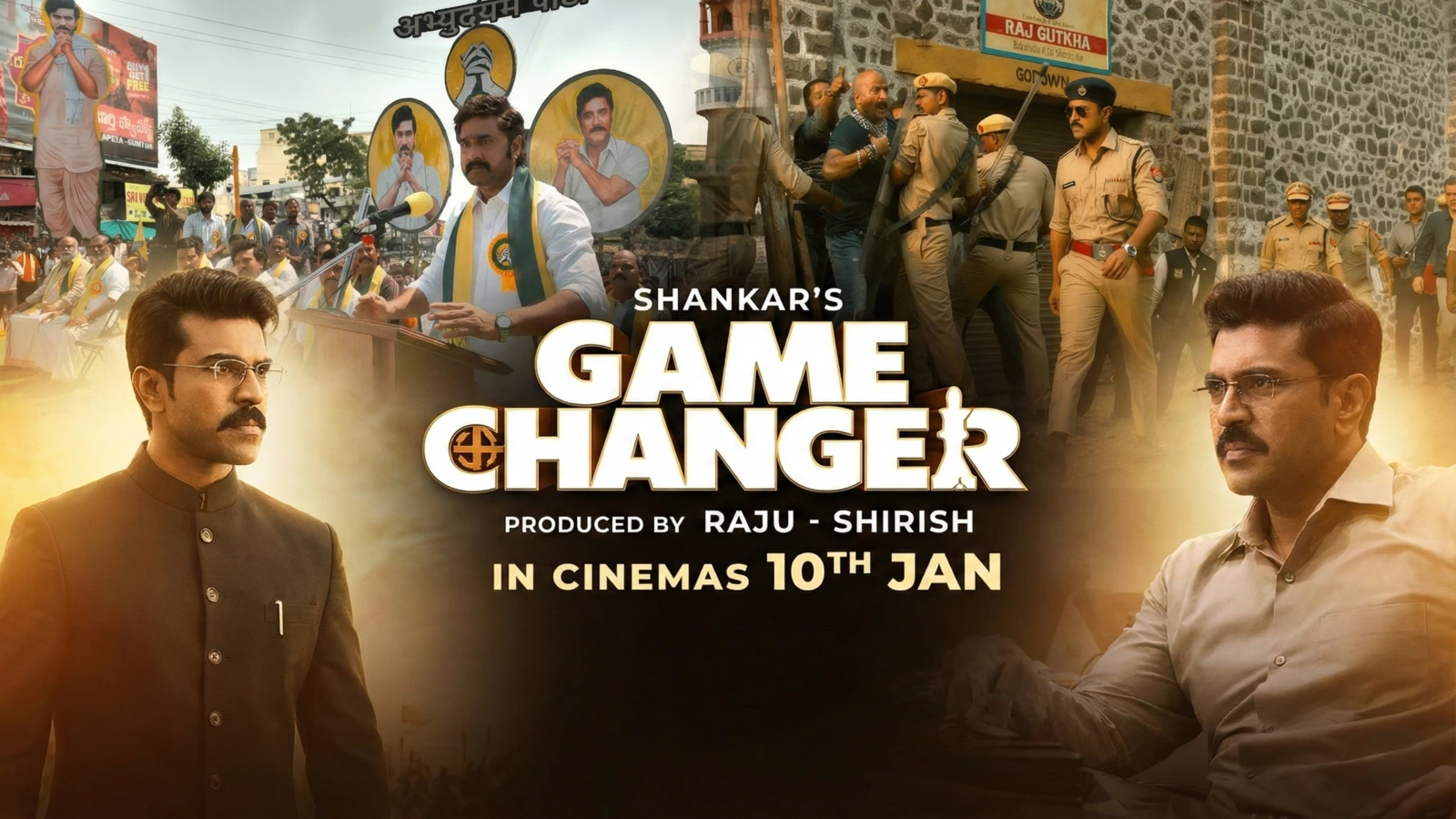
A Long Runtime, A Longer Struggle
I sacrificed my sleep to catch the first day first show, expecting grandeur, innovation, and Shankar-esque drama. What I received instead was a punishing runtime of 2 hours and 45 minutes, with the first hour and a half being painfully generic. It genuinely felt like someone took the core themes of Shankar’s earlier films, dumped them into a blender, and served a bland, uninspired milkshake.
There was this repetitive sense of déjà vu – as though I was watching a collection of recycled ideas stitched together without conviction. It almost felt AI-generated, like someone prompted ChatGPT to “write a Shankar-style political thriller,” and the output made it to the big screen unchanged. The clichés were relentless, and the tropes felt so by-the-book that they almost caricatured themselves. This is the kind of material that trolls use to mock South Indian commercial cinema, and here it was, unapologetically unfolding at full throttle.
- A Long Runtime, A Longer Struggle
- A Predictable Twist Before Interval
- Kiara Advani Deserves Better
- A Dull Backstory That Sinks the Film Further
- The Film Finally Begins… After 100 Minutes
- A Climax That Defies Its Own Logic
- There Is an Audience for This Film
- Technical Aspects: A Hyperactive Camera Trying to Save a Weak Script
- Music, Background Score, and Visual Choices
- Performances: Ramcharan Shines in Pockets
- A Film Stuck in Mediocrity
- Related Movie Reviews
- Rate this movie
A Predictable Twist Before Interval
A twist is introduced right before the interval – the one moment in the first 90 minutes when I felt something resembling interest. Yes, it was predictable, telegraphed from the way the scenes were structured, but at least it made me sit upright for a moment. That brief spark of intrigue was the only time during the first half when I felt the film showed any real promise. The rest of it was so below average that I genuinely felt the actors were being forced to go through the motions. In some scenes, Ramcharan’s expression genuinely read: “Let’s finish this movie, I want to move on.”
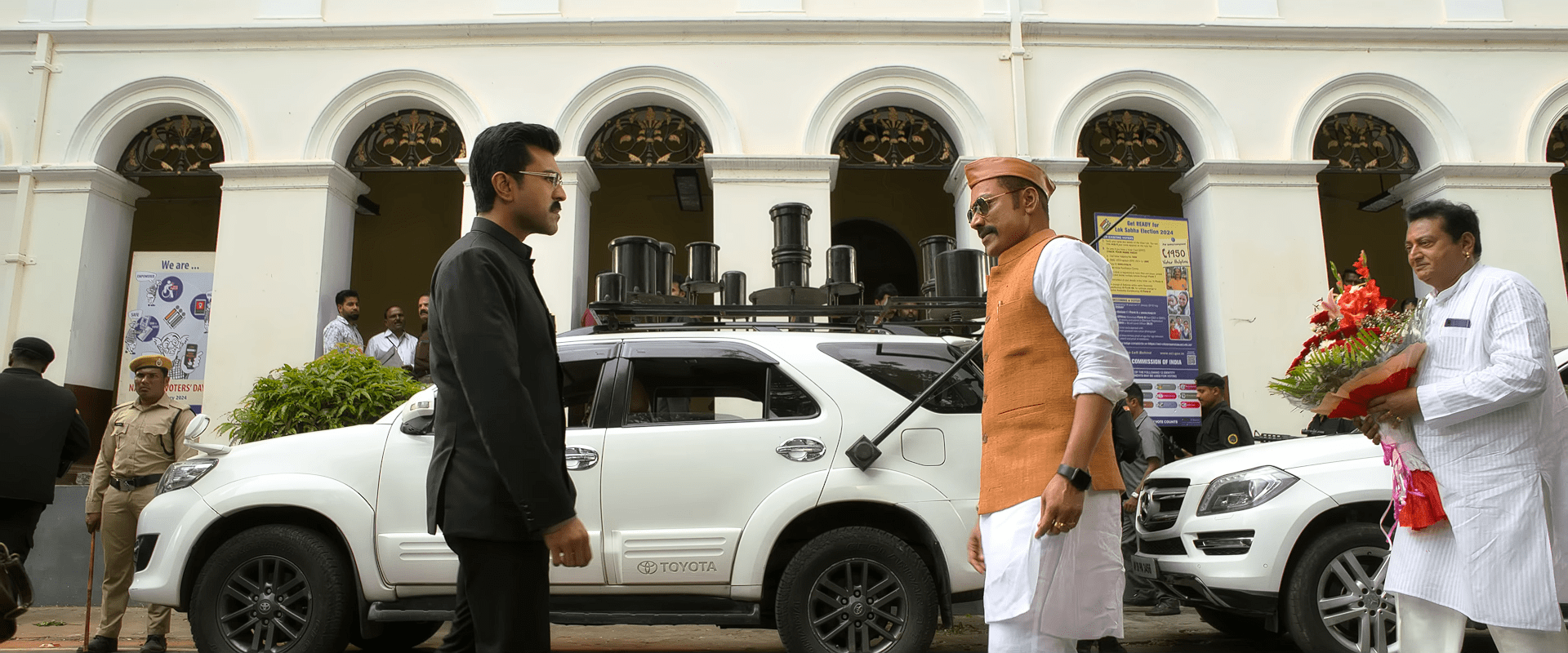
Kiara Advani Deserves Better
And then there is Kiara Advani. Honestly, I kept asking myself: Why is she even in this movie? If any of you plan to watch it, I have a challenge for you – count how many of her first ten scenes are copy-paste identical. Every time, she appears walking alone on a random college street, only for the hero to walk in from behind. The costume may change, but the framing, staging, and purpose remain the same. It felt so repetitive that I almost started questioning my memory.
Her character exists for one purpose: to guide the angry young hero – who beats up everyone for good reasons – toward a life in the civil services. She constantly tells him to pursue IAS/IPS and do something meaningful for the nation. And then comes a baffling line: she says that if he becomes an IAS officer, she will support him, but if he becomes IPS, she will leave him. Why? What does she have against IPS officers? I assumed there would be a backstory, some trauma, some emotional context – but no. The film never explains it. You are just expected to accept it.
A Dull Backstory That Sinks the Film Further
As if the first half wasn’t weak enough, the film follows the interval with a 20–22 minute backstory segment, which drags the film even lower than before. Even within the boundaries of traditional storytelling, this portion is painfully formulaic. If the filmmakers wanted to communicate this backstory, one single sentence would have been enough – leaving it to the audience’s imagination would have been far more effective.
I won’t reveal spoilers, but I will say this: the predictability is astonishing. It is the sort of backstory that even ChatGPT, on a lazy day, would probably write better.
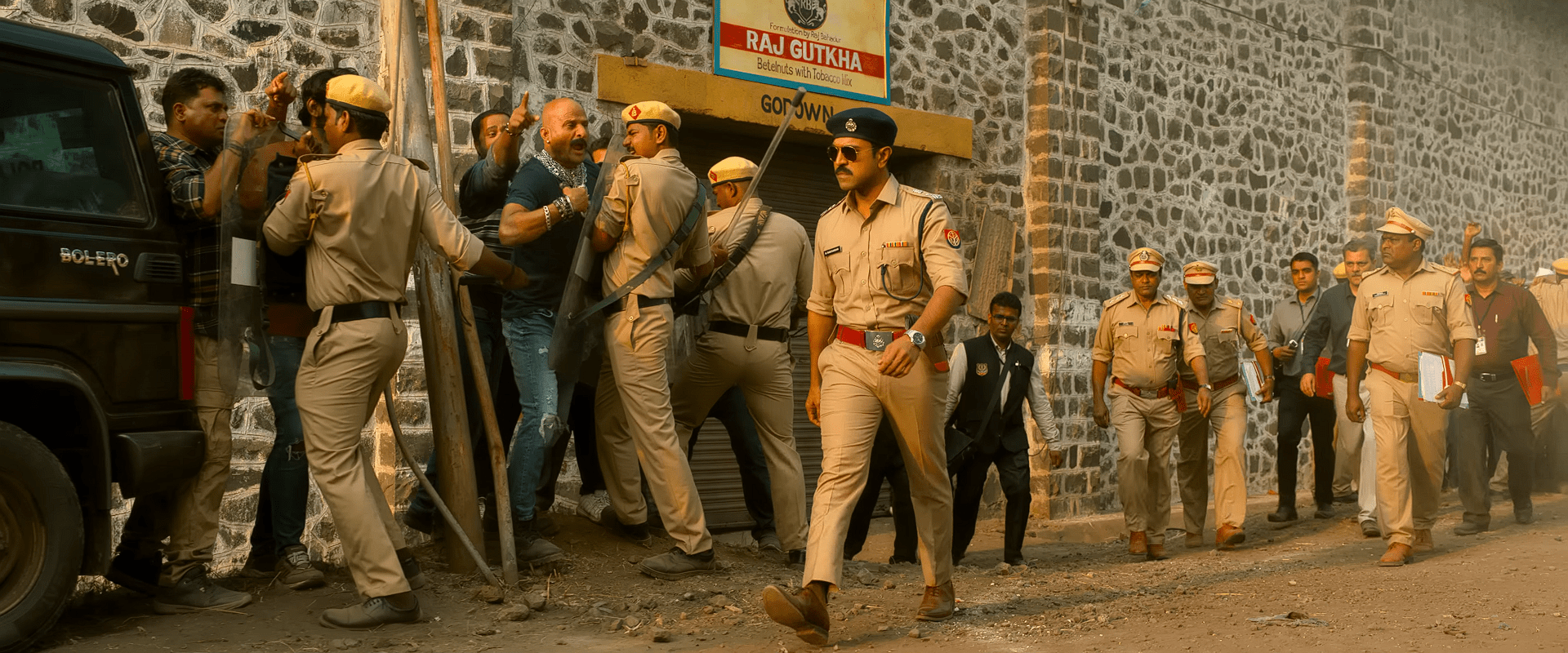
The Film Finally Begins… After 100 Minutes
Strangely, the film truly begins only after the 100-minute mark. This is where the core conflict surfaces – the actual battle of ideologies and power between Ramcharan’s character and the antagonist. Suddenly, the film becomes mildly enjoyable. The hero–villain dynamic is surprisingly engaging and far better than anything that came before it. Yes, the movie rises from the depths it had plunged into, but it never reaches excellence. Even in these improved segments, some moments feel oddly random and tonally displaced.
For a second, I thought a solid, well-executed ending could salvage everything. But what happens next is a complete derailment.
A Climax That Defies Its Own Logic
In the attempt to conclude with grandeur, the film goes excessively over-the-top. Whatever grounded rules the narrative had set earlier – including the integration of constitutional principles – are tossed aside. All realism evaporates in favor of a loud, exaggerated showdown. The final act contradicts the tonality the film had been trying to maintain, leaving the climax feeling hollow and inconsistent.
There Is an Audience for This Film

Despite everything, I do believe there is a section of the audience that will like Game Changer. If you enjoy watching dubbed South Indian action dramas on TV or YouTube – the ones where similar stories repeat with minor variations – you may find satisfaction here. The film never pretends to be subtle, and perhaps that straightforwardness will appeal to some.
Technical Aspects: A Hyperactive Camera Trying to Save a Weak Script
One thing I must highlight is the camerawork. The sheer amount of effort put into the visual presentation is far greater than the effort put into the storytelling. Dolly zooms, constant rotations, energetic tracking shots – the camera almost never rests. Even if nothing interesting is happening in the story, there is always something shaking or swirling on screen. This constant movement creates an illusion of excitement. As seen in the trailer, the sense of energy comes more from camera tricks and frenetic editing than from actual narrative strength.
Music, Background Score, and Visual Choices
The songs, unfortunately, are quite weak. This is often the case with dubbed South Indian films, and Game Changer continues that trend. The only consolation is that the chosen playback voices do not hurt the ears. Shankar also attempts to make the film visually striking – perhaps to compensate for the generic screenplay. The aesthetic is unusual, weird, and borderline wacky. It is not generic visually, but “different” doesn’t automatically mean “good.”
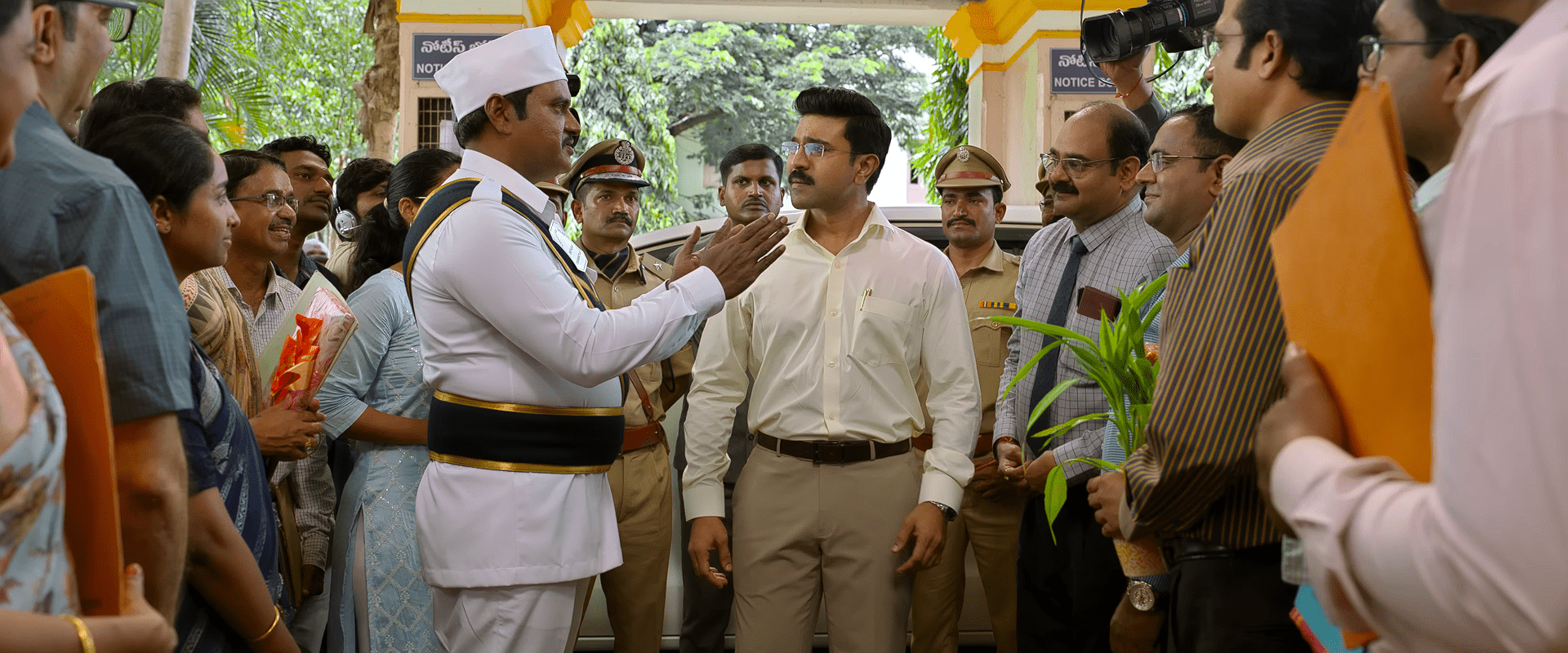
Many scenes feel so disconnected from the narrative that you can comfortably check your phone without missing anything of importance.
As for the background score, the compositions sound excellent in isolation – especially in the trailer. But inside the theatre, the volume is so loud that it becomes physically uncomfortable. There were moments when my ears began to ache, and the sound design felt more overwhelming than immersive.
Performances: Ramcharan Shines in Pockets
Ramcharan’s performance is ultimately the backbone of Game Changer. While the film often lets him down, he still manages to deliver strong moments. There is a particularly emotional sequence following a darker twist, where he genuinely excels. His chemistry with the antagonist is unexpectedly the film’s biggest strength. Ironically, the hero–villain chemistry is far more compelling than the hero–heroine chemistry. Their dynamic injects life into an otherwise inconsistent narrative.
A Film Stuck in Mediocrity
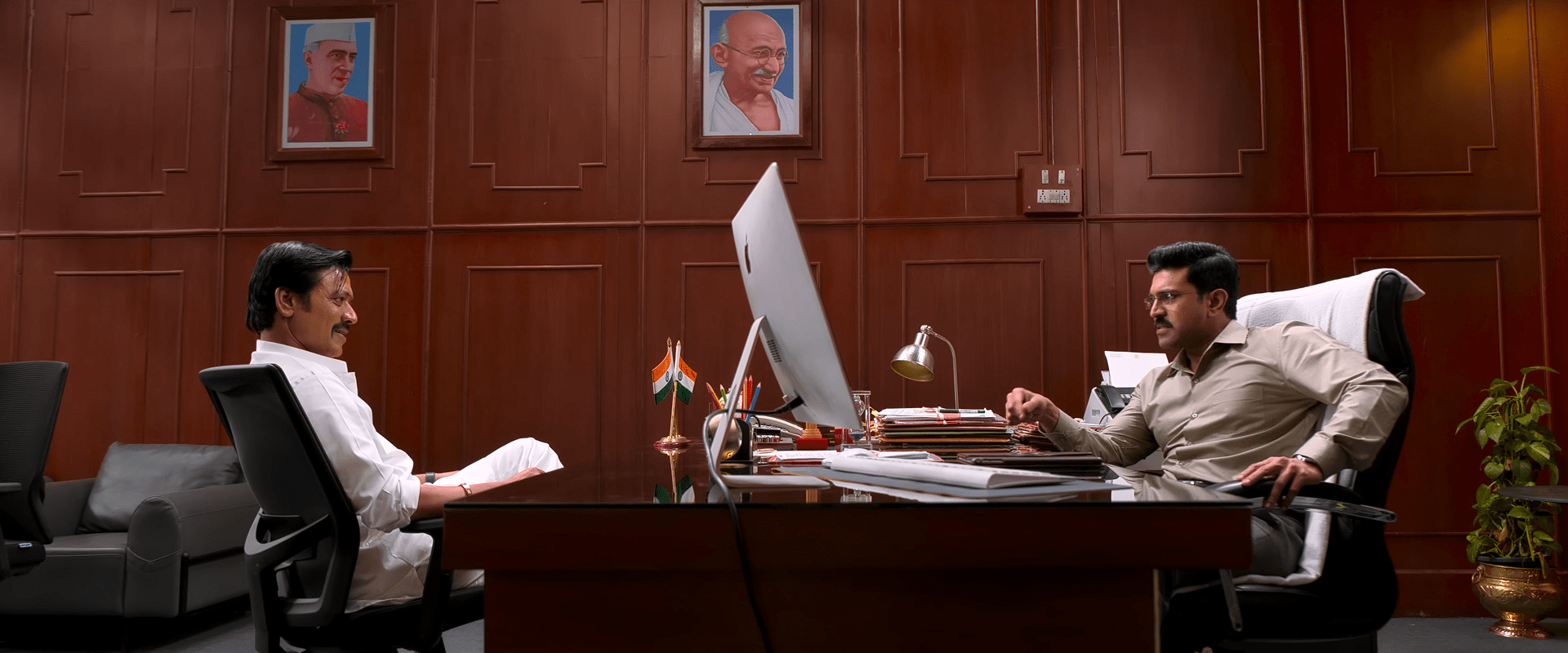
In the end, Game Changer finds itself trapped squarely in the middle. It is neither exceptionally good nor memorably bad, and that makes it easy to forget. Films that fall in the “mid” category rarely leave lasting impressions.
Yet, with the success of sequels like Pushpa 2 and Gadar 2, audiences have clearly shown that unpredictability rules. So yes – some viewers will like this film. But as always, it depends entirely on your personal taste. Watch it only if you know what you’re signing up for.
Rating: 2/5
